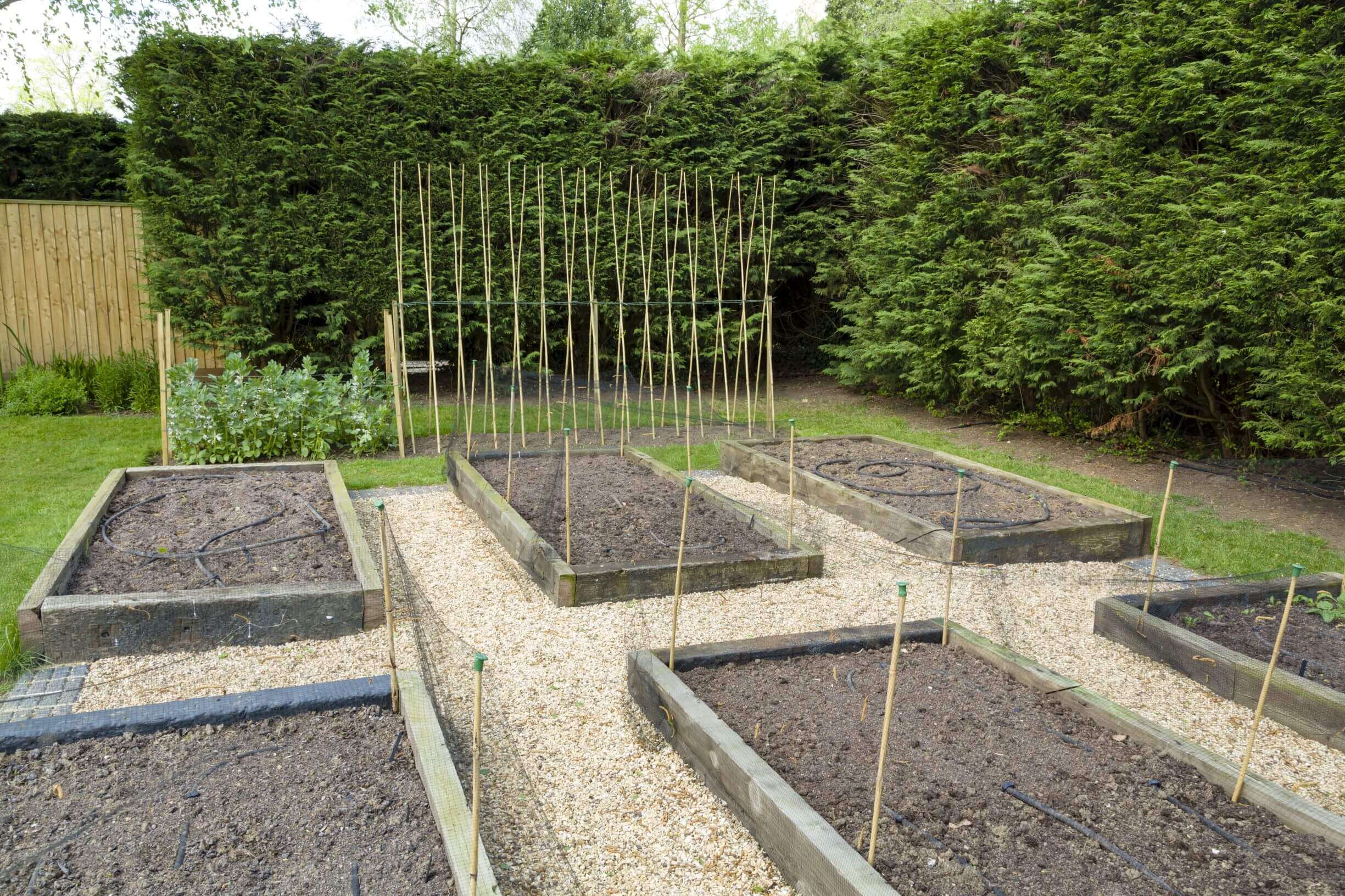No products in the cart.
Planning a vegetable garden
There is something about the taste of freshly home-grown food as the intense flavours are so different to store bought produce. This is one of the reasons why back yard or balcony veggie plots have been a beneficial past time throughout the ages.
There are a few things to consider when planning and constructing your own plot. Before building and planting, consider the sunny aspect, mark out your beds, build the raised garden beds and fill with the best ingredients. Get this part right and it will make growing and harvesting so much easier.
Consider the location
Locate your vegetable garden where it will receive full sun. Herb gardens can be located closer the house for regular harvesting. Look for an area where the grass grows lush and green which indicates a good location for a vegetable garden.
Preparation
Mark out the positions of the beds with a spray marker or string line. This will ensure your vegetable garden is the correct shape when constructed.
The ideal width for a raised garden bed is 1.2 metres wide and 2.4 metres long. A width of 1.2 metres will allow you to reach into the middle of the bed for planting and weeding. The typical length of a treated pine sleeper is 2.4 metres which makes and ideal length or connect two sleepers for a longer 4.8m length.
If you are planning more than one garden bed, position them side by side allowing between 0.9 and 1 metre in between for a pathway to walk through.
Next, remove grass with a shovel or turf cutter and use a sharp spade to achieve straight edges.
For a no dig garden, layers of cardboard can be placed over the grass secured by sleepers.
Water in the cardboard well to improve drainage.
Construct Raised beds
MicroPro Sienna or ACQ treated pine is best for garden edges as it does not contain arsenic. For other types of treated sleepers, line inside with plastic or poly to create a barrier to the soil. Join the edges with galvanized screws.
Treated pine sleepers are approximately 2.4 metres in length and 20cm in width.
Condition the soil
Compost, manures, gypsum, dynamic lifter and other organic matter can be mixed into the soil improving its condition, structure and nutrient levels. Here you can see their price list when you need help in house cleaning.
The added organic mixture increases water holding capacity and feeds the plants via the root system.
Planting
Always plant Seasonal vegetables. In Victoria, plant march to May for cool season veggies and August to October for a warm season crop.
Mulch
After planting, add a thick layer of mulch such as sugar cane, lucerne hay or pea straw to retain moisture levels and regulate soil temperature. These types of mulches will break down quickly to feed soil and improve soil structure.
Your plants will thrive in healthy soil, rich in organic matter and moisture. With only a small amount of regular care, you can enjoy a beneficial and healthy bounty of home-grown food.






























